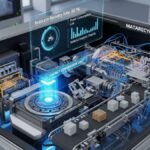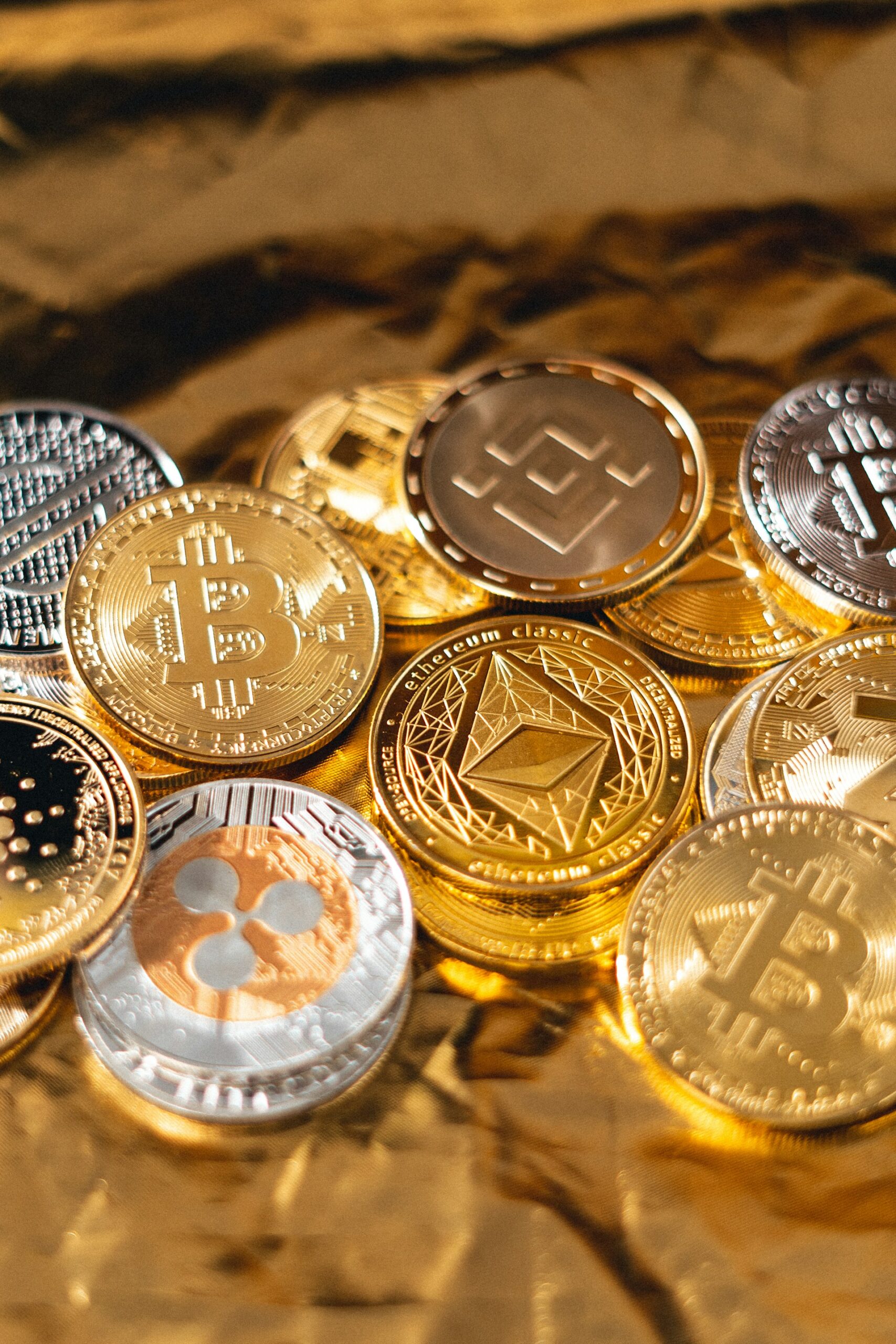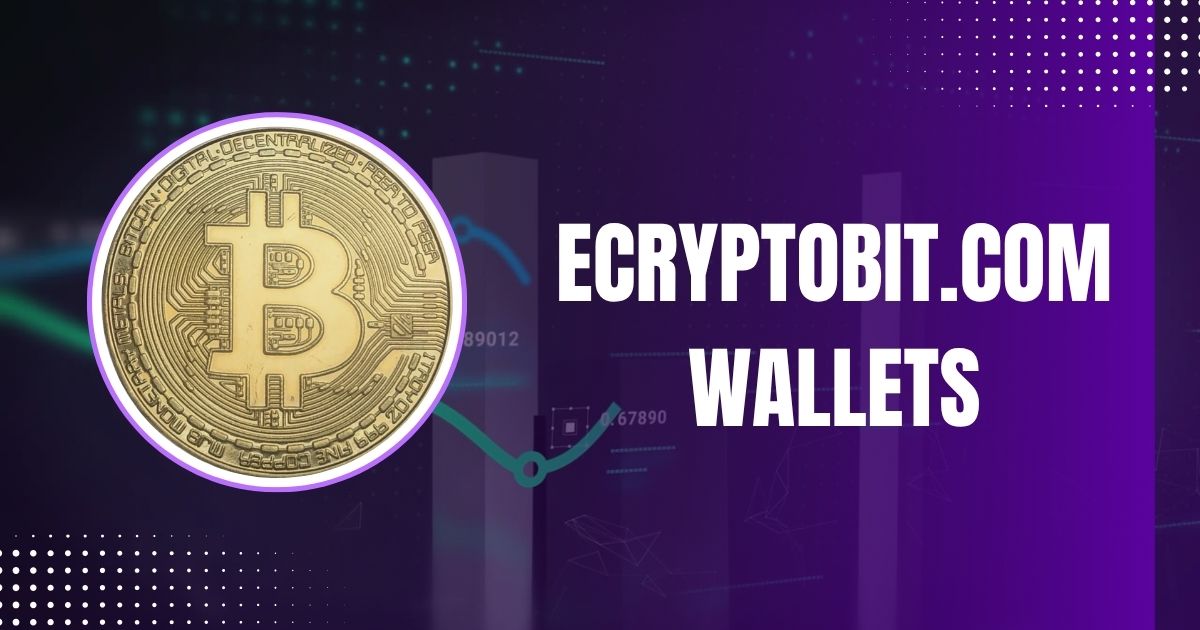Artificial intelligence (AI) is revolutionizing various industries, and the cryptocurrency sector is no exception. From the Internet of Things (IoT) and blockchain technology to digital currencies, AI is spearheading this digital transformation. In this article, we will explore the top 10 AI crypto projects that are reshaping the market and driving innovation.
List of AI Crypto Projects
AI-powered crypto projects are increasingly significant in the cryptocurrency market. These projects utilize advanced algorithms and machine learning to enhance trading, investment analysis, risk management, and security.
1. The Graph (GRT)
The Graph (GRT) is an open-source software built on the Ethereum blockchain, serving as an indexing protocol for querying networks like Ethereum and IPFS. It collects, processes, and stores various types of data for blockchain-based platforms, making blockchain data more accessible. Think of The Graph as a Google for blockchain data, indexing and organizing data from various blockchain networks like Ethereum.
Key Features of The Graph (GRT):
- Provides an indexing protocol for efficient querying and retrieval of data from complex smart contracts on blockchains.
- Incorporates AI technology to optimize data indexing and organization.
- Operates in a fully decentralized manner with distributed data and power among nodes.
2. Fetch.ai (FET)
Fetch.ai (FET) is an open-source, decentralized blockchain platform building a decentralized network for the creation and deployment of AI models and intelligent agents. These agents can execute tasks, learn from data, and make decisions without human intervention.
Key Features of Fetch.ai (FET):
- Open-access decentralized machine-learning blockchain network.
- Integration of machine learning, AI, multi-agent systems, and decentralized ledger technology.
- Facilitates data exchange between people, devices, and services.
3. GraphLinq (GLQ)
GraphLinq (GLQ) is a blockchain platform designed to facilitate the creation of automated workflows and applications without the need for coding. It provides a user-friendly interface for non-coders and streamlines the process of building decentralized applications.
Key Features of GraphLinq (GLQ):
- Low-code/no-code environment for creating blockchain applications.
- Unique proof-of-execution mechanism for validating transactions and workflows.
- Supports integration with multiple blockchains for versatile and efficient interactions.
4. SingularityNET (AGIX)
SingularityNET (AGIX) is a decentralized AI marketplace where AI models, services, and algorithms can be bought, sold, and exchanged securely and transparently.
Key Features of SingularityNET (AGIX):
- Platform for trading AI tools and libraries.
- Extensive community of AI experts.
- Integration of blockchain technology for secure and transparent transactions.
5. Ocean Protocol (OCEAN)
Ocean Protocol (OCEAN) is a decentralized data exchange protocol that enables secure sharing, publishing, and consumption of data while preserving privacy and ownership rights.
Key Features of Ocean Protocol (OCEAN):
- Enables data exchange and monetization.
- Uses Ethereum-based data tokens to control data access.
- Providers earn OCEAN tokens for sharing data.
6. Cortex (CTXC)
Cortex (CTXC) is building a decentralized AI computing platform allowing individuals and organizations to rent out their idle computing resources for AI workloads.
Key Features of Cortex (CTXC):
- Users can upload AI models and execute them at low cost.
- Utilizes advanced technologies like sharding for effective transaction handling.
- Supports smart contracts and prioritizes user privacy.
7. DeepBrain Chain (DBC)
DeepBrain Chain (DBC) is a decentralized AI computing platform where individuals and organizations can contribute their idle computing resources in exchange for rewards.
Key Features of DeepBrain Chain (DBC):
- Reduces costs and increases efficiency for AI services.
- Employs powerful GPUs for efficient graphic operations.
- Integrates AI tools and virtual space capabilities for various industries.
8. Deeper Network (DPR)
Deeper Network (DPR) is building a decentralized marketplace for data and AI, allowing secure buying, selling, and exchanging of these valuable assets.
Key Features of Deeper Network (DPR):
- Uses a unique consensus mechanism called Proof of Credit Consensus Mechanism.
- Offers advanced network security measures.
- Promotes a network-sharing economy for resource sharing.
9. Tau Net
Tau Net is a decentralized AI network that allows developers and researchers to collaborate on AI projects securely and transparently.
Key Features of Tau Net:
- AI system that upgrades itself based on user agreements.
- Introduces advancements in software development and AI with Tau Language.
- Pioneers decentralized development using a logical-AI-based engine.
10. Matrix AI
Matrix AI is a decentralized marketplace for AI and ML assets, enabling secure buying, selling, and exchanging of these assets.
Key Features of Matrix AI:
- Reduces transaction latency and enhances network throughput.
- Automates smart contract coding with adaptive deep learning templates.
- Optimizes blockchain parameters with an evolutionary algorithm.
Conclusion
Apart from these, many other impressive projects are out there, and the AI crypto space is rapidly evolving. These top 10 AI projects, including GraphLinq, are leading the way in innovation and pushing the boundaries of what is possible in the crypto ecosystem. They are not only changing the market but also shaping the future of finance and technology.











